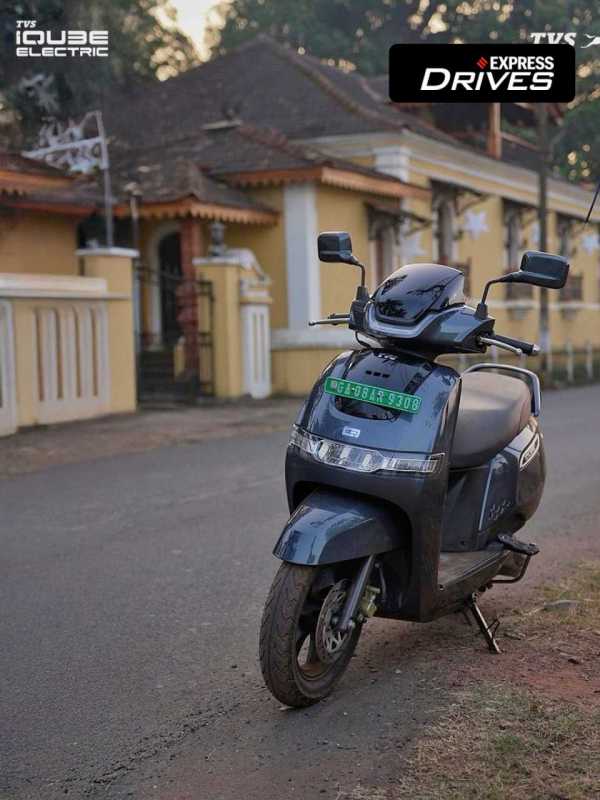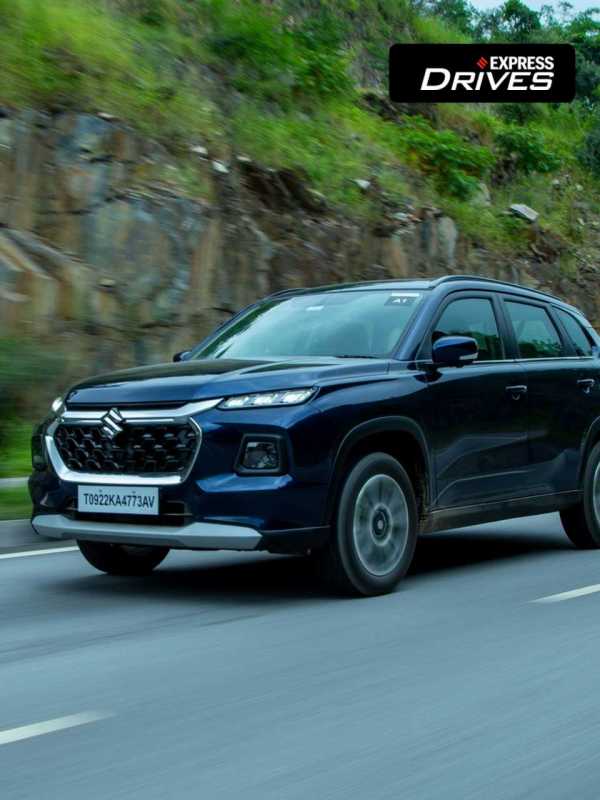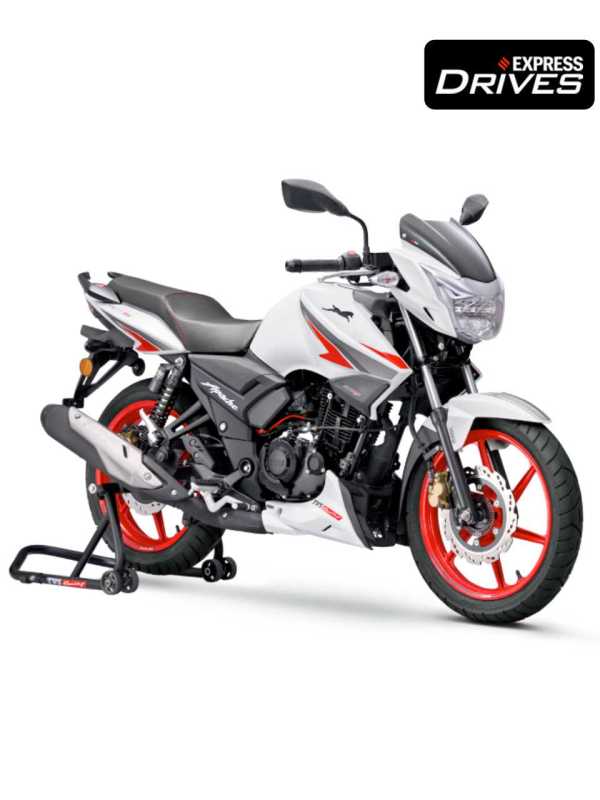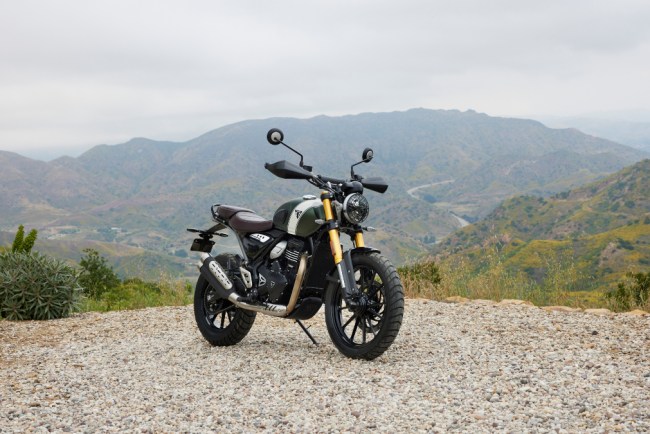The Huracán STO is quick.
How quick?
So quick that by the time you take in a deep breath, the STO would have crossed a speed of 100 km/h from standstill. And by the time you exhale and relax, it would have crossed 200 km/h.
Powered by a 5,204 cc engine, the STO (short for Super Trofeo Omologata) touches 0-100 km/h in 3 seconds and reaches a speed of 200 km/h in 9 seconds.
The Huracán is available in seven variants (Sterrato, Tecnica, STO, EVO, EVO Spyder, EVO RWD and EVO RWD Spyder), and of these the EVO is the quickest to 100 (2.9 seconds) and STO a close second.
Also Read: Lamborghini Huracán Sterrato: A Lamborghini that goes beyond
But at standstill, the STO looks the fastest of the squad, thanks to its race car-inspired bonnet, fenders and a massive spoiler.
But despite the massive power the engine produces (470 kW, or 630 bhp), the STO is easy to drive, thanks to a technology called the LDVI (Lamborghini Dynamic Vehicle Integration) that constantly monitors the STO’s steering, grip and suspension systems.
How does it drive?
Unlike the Huracán EVO (all-wheel drive), the Huracán STO is a rear-wheel drive (RWD) car. Power to the rear wheels, as compared to AWD, has some advantages: There are fewer components, so the car is lighter. When you step on the gas, the weight seems to transfer to the rear area and acceleration feels like a ‘launch’, because power appears to come from behind. For skilful drivers, RWD can be more fun to drive (for example, on a track, you can slide the rear wheels through a corner).
It also feels very light—because the car is made of 75% carbon fibre in body panels.
There are three driving modes (button on the steering wheel):
STO (normal driving): The default mode, it is for any road and under any weather condition.
Trofeo (racing mode): It’s possibly the most fun-to-drive mode, and maximises performance in dry track conditions.
Pioggia (rain mode): It’s a track mode to enhance performance in wet and slippery conditions.
How is the cabin?
It’s not a comfortable place to be—you need fitness, agility and flexibility to get in and out of the Huracán STO. Once in the cabin, the view of the outside is limited. The seat is very low, so you don’t see much of the road around you. The rear view from the cabin mirror is very limited, so you have to rely on outside mirrors. There is almost no storage space inside the cabin (I didn’t find any place to keep a water bottle or even my phone).
Also Read: Car review: Lamborghini Huracán Tecnica – Most cars are transport, this one’s super sport
And there are only two seats.
But then the Huracán STO isn’t about real estate. It’s about speed and power, and that gets reflected even in the buttons in the cabin—all belong more to a fighter jet instead of a car.
Is it a good buy?
At Rs 4.99 crore (ex-showroom), the Huracán STO is expensive.
How expensive?
So expensive that with the same kind of money you can buy the Audi A8 L and still left with enough pocket change to buy a villa in Italy.
Specifications
Engine: 5,204 cc
Power: 470 kW (630 bhp)
Torque: 565 Nm
Top speed: 310 km/h
0-100 km/h: 3 seconds
100-0 km/h: 30 metres
0-200 km/h: 9 seconds
200-0 km/h: 110 metres
Weight: 1,339 kg
Transmission: Rear-wheel drive
Gearbox: Dual clutch, 7-speed
Fuel efficiency: 7.2 km/litre
Price: Rs 4.99 crore (ex-showroom)




















